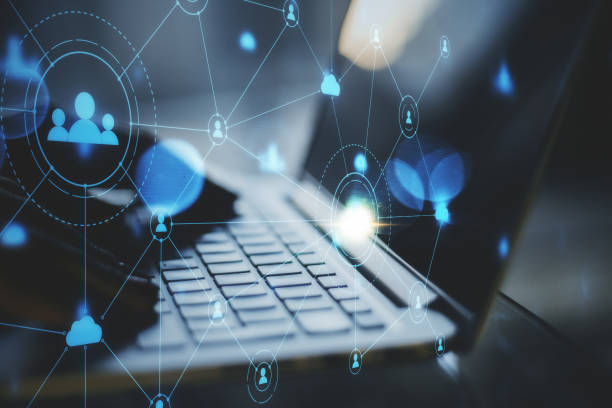Understanding how digital vaults secure shared access for multiple users is essential for organizations and individuals who need to manage sensitive information collaboratively.
Digital vaults are specialized platforms designed to store confidential data securely while allowing multiple users to access it under controlled conditions.
By implementing advanced encryption, multi-level authentication, and permission-based access, these systems ensure that shared access does not compromise security.

1. Role-Based Access Control (RBAC)
One of the primary methods through which digital vaults secure shared access for multiple users is role-based access control.
This approach allows administrators to assign permissions based on a user’s role within the organization. For example, a manager may have full access to certain files, whereas a staff member may have limited or read-only access.
RBAC minimizes the risk of unauthorized modifications and ensures that sensitive data is accessible only to those with legitimate authority.
2. End-to-End Encryption
End-to-end encryption is critical in protecting data stored within digital vaults. When multiple users access shared information, encryption ensures that data remains unreadable to anyone without the proper decryption key.
This security measure prevents data breaches during transmission or while at rest, allowing users to collaborate safely even over unsecured networks.
3. Multi-Factor Authentication (MFA)
Multi-factor authentication adds an additional layer of security when granting shared access. Users must verify their identity through multiple forms of authentication, such as passwords combined with biometric verification or one-time codes.
MFA reduces the likelihood of unauthorized access, even if login credentials are compromised, enhancing the overall protection of the digital vault.
4. Audit Trails and Monitoring
Digital vaults often include detailed audit trails to monitor user activity. Administrators can track who accessed files, when, and what actions were performed.
This level of transparency is a key part of how digital vaults secure shared access for multiple users, helping detect suspicious behavior and ensuring accountability across all users.
Audit logs also support compliance with data protection regulations, demonstrating responsible management of shared information and strengthening how digital vaults secure shared access for multiple users in regulated environments.
5. Granular Permission Settings
Granular permission settings allow administrators to control access at a highly detailed level. Users may have permissions to view, edit, share, or delete specific files or folders based on their needs. By implementing such precise control, digital vaults maintain security while facilitating collaboration.
Users can access only the data necessary for their responsibilities, reducing the risk of accidental exposure or unauthorized alterations.
6. Secure Collaboration Features
Many modern digital vaults provide collaboration tools such as encrypted file sharing, secure messaging, and version control.
These features are essential in how digital vaults secure shared access for multiple users, allowing teams to work together without compromising security.
Version control ensures that changes are tracked and previous versions of files are preserved, which is critical when multiple users access and modify the same data set.
Ensuring Safe Shared Access with Digital Vaults
In conclusion, understanding how digital vaults secure shared access for multiple users involves recognizing the combination of role-based access control, encryption, multi-factor authentication, auditing, and granular permissions.
By implementing these mechanisms, organizations can allow collaborative use of sensitive data while maintaining robust security standards.
Digital vaults provide a reliable solution for managing shared access, ensuring that sensitive information remains protected and accessible only to authorized users.
Organizations and individuals adopting these systems can confidently collaborate knowing that their data is secured against potential threats.


Leave a Reply